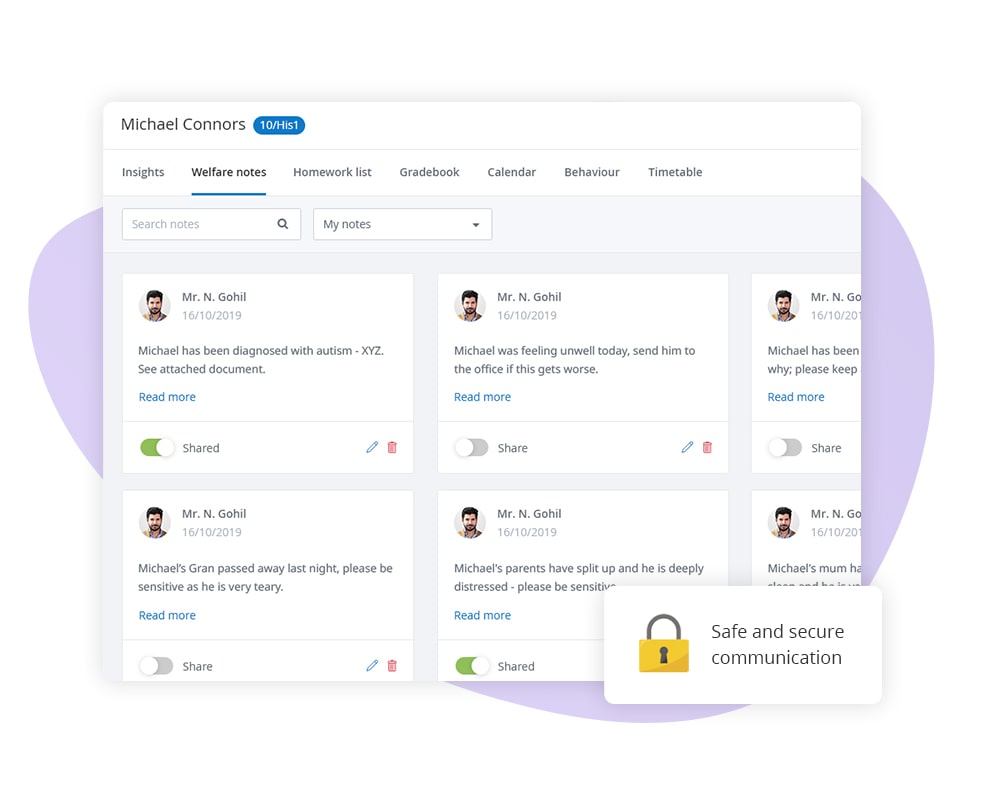Cloud-based management information systems (MIS) play a critical role in helping school staff, administrators and senior leaders keep up with the demands of their jobs. They improve organisation, assist with data management, enhance communication, and more.
An MIS is a centralised data system that assists with gathering, organising, processing and storing school data. Many MIS also have classroom management features that assist with things like timetabling and seating.
The difference between a cloud-based MIS and a traditional MIS is simple: a traditional MIS requires a physical on-site server to store and process your data, while a cloud-based option can do all of this in the cloud.
Data stored in the traditional MIS can then only be accessed locally, while a cloud-based MIS gives you access to data from anywhere.


Cloud-based MIS usually offer the following useful features:

Your current MIS could be doing you even more harm than you realise. Here are some of the key disadvantages of a standard MIS:
Out of date MIS solutions are harder and slower to work with, costing your busy staff precious time and energy.
On-premise upkeep and service costs are eliminated with a cloud-based MIS, plus base fees are usually lower.
Cloud-based MIS providers regularly update their systems to keep up with security developments and innovation.
Switching between management tools is much slower and clunkier with a standard, on-premise MIS.
It’s clear that on-premise systems come with a lot of downsides, but what are the key upsides of going cloud-based?
Cloud-based systems let administrators access data from anywhere, giving them increased flexibility.
Cloud MIS solutions are equipped with automatic reporting features that make gathering insights as easy as a click.
No more on-premise maintenance costs and a lower average price to begin with is highly cost effective.
System-wide updates are handled automatically and involve significantly less downtime for you and your staff.
Want to learn more about switching to a cloud-based MIS? Click the button below for our top 10 reasons to switch.
Reasons to switch